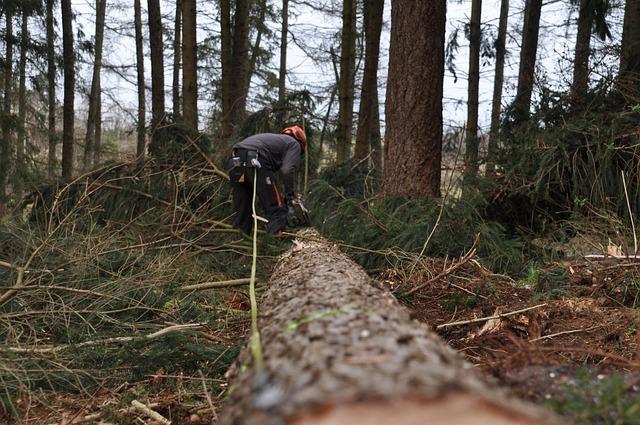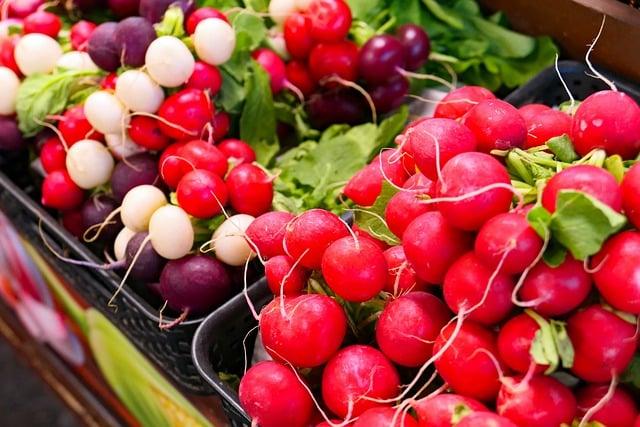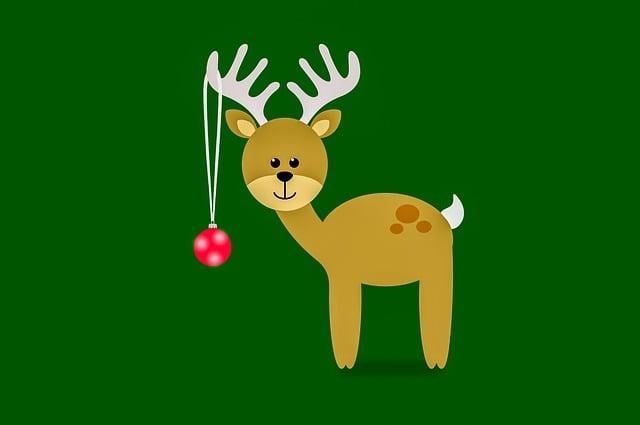As the first snowflakes of December began to fall, the quaint streets of Europe transformed into a winter wonderland. Twinkling lights adorned wooden stalls, where artisans showcased handmade crafts and the scent of roasted chestnuts filled the air. Each market, from Vienna to Strasbourg, opened its doors, inviting locals and travelers alike to bask in the festive spirit. Typically lasting from late November until just after Christmas, these markets became a cherished tradition, a fleeting glimpse of joy that lingered long after the last carol faded.
Table of Contents
- Understanding the Duration of European Christmas Markets
- Exploring Regional Variations in Market Timelines
- Key Factors Influencing Market Length and Activities
- Tips for Maximizing Your Experience at Christmas Markets
- Q&A

Understanding the Duration of European Christmas Markets
European Christmas markets typically spring to life in late November, coinciding with the start of the Advent season. Most markets open around the first weekend of Advent, which is usually the last weekend of November or the first weekend of December. This timing allows visitors to immerse themselves in the festive spirit as they shop for unique gifts, savor seasonal treats, and enjoy the enchanting atmosphere. The markets often run until just before Christmas, with many closing on December 24th, while a few may extend their festivities into the New Year, offering a delightful experience for those celebrating the holiday season.
The duration of these markets can vary significantly from one city to another. In larger cities like Vienna or Munich, you might find multiple markets operating simultaneously, each with its own unique charm and offerings. Some markets may last for just a few weeks, while others can be open for nearly a month. Key factors influencing the length of these markets include local traditions, the size of the market, and the demand from both locals and tourists. Visitors can expect to see a range of activities and events throughout the market’s duration, including live music, artisan demonstrations, and festive performances that enhance the overall experience.

Exploring Regional Variations in Market Timelines
When it comes to the duration of Christmas markets across Europe, there is a delightful tapestry of regional variations that reflect local traditions and customs. In some countries, such as Germany and Austria, these festive markets can begin as early as late November, often coinciding with the start of Advent. Typically, they last until just before Christmas, with many closing on December 24th. However, certain markets extend their charm into the New Year, allowing visitors to soak in the holiday spirit well into January. This extended timeline is particularly popular in cities like Munich and Vienna, where the markets become a central hub for winter festivities.
Conversely, in countries like France and Italy, the markets may have a more condensed schedule. For instance, many French Christmas markets open in early December and wrap up shortly after Christmas Day, often closing by December 30th. In Italy, the markets are often tied to local celebrations, with some lasting only a few days leading up to Christmas. The variations can also be influenced by regional customs, such as the Feast of the Epiphany, which is celebrated in some areas and can extend the festive atmosphere. This diversity in market timelines not only showcases the rich cultural heritage of each region but also offers visitors a unique opportunity to experience the holiday season in different ways.

Key Factors Influencing Market Length and Activities
Several elements play a crucial role in determining the duration and vibrancy of Christmas markets across Europe. **Cultural traditions** are at the forefront, as each country and region has its own unique customs that dictate when the festive season begins and ends. For instance, in Germany, many markets open as early as late November, coinciding with the Advent season, while others may extend into early January to celebrate Epiphany. Additionally, **local regulations** and **city planning** can influence market length, with some municipalities opting for shorter events to manage crowds and maintain public order.
Another significant factor is the **climate** during the winter months. Markets in southern Europe, such as those in Italy and Spain, may have a different operational timeline compared to their northern counterparts, where colder temperatures can either enhance the festive atmosphere or deter visitors. Furthermore, **economic considerations** also come into play; vendors and organizers must assess the potential for profit against the costs of setting up and maintaining stalls. This balance often leads to variations in market activities, with some focusing on artisanal goods and others emphasizing food and drink, ultimately shaping the overall experience for visitors.

Tips for Maximizing Your Experience at Christmas Markets
To truly immerse yourself in the festive spirit of Christmas markets, consider visiting during the weekdays when crowds are typically thinner. This allows for a more leisurely stroll through the stalls, giving you ample time to appreciate the handcrafted goods and seasonal treats without feeling rushed. Additionally, arriving early in the day can help you snag the best selection of unique items and enjoy the enchanting atmosphere as the market comes to life. Don’t forget to dress warmly, as the chilly air is part of the charm, but being cozy will enhance your experience.
Engage your senses by sampling local delicacies and warming beverages. **Mulled wine**, **spiced cider**, and **gingerbread** are just a few of the seasonal delights waiting to be savored. Take the time to chat with the artisans and vendors; their stories often add a personal touch to the items you purchase. To make the most of your visit, consider creating a small itinerary that includes must-see stalls, live performances, and any special events happening that day. This way, you can ensure you don’t miss out on the magical moments that make Christmas markets a cherished tradition.
Q&A
-
When do European Christmas markets typically start?
Most European Christmas markets begin in late November, often coinciding with the start of Advent, which is the four-week period leading up to Christmas.
-
How long do these markets usually last?
Christmas markets generally run until just before Christmas, with many closing on December 24th. Some may extend their festivities until New Year’s or even into early January.
-
Are there variations in duration across different countries?
Yes, the duration of Christmas markets can vary significantly by country and city. For example, markets in Germany often last longer than those in other European nations.
-
Do all markets have the same opening hours?
No, opening hours can differ from market to market. While many open in the late morning and close in the evening, some may have extended hours on weekends or special events.
As the festive lights dim and the last mulled wine is sipped, European Christmas markets bid farewell, leaving behind cherished memories. Whether you visit for a day or a season, the spirit of these markets lingers long after they close. Until next year!




